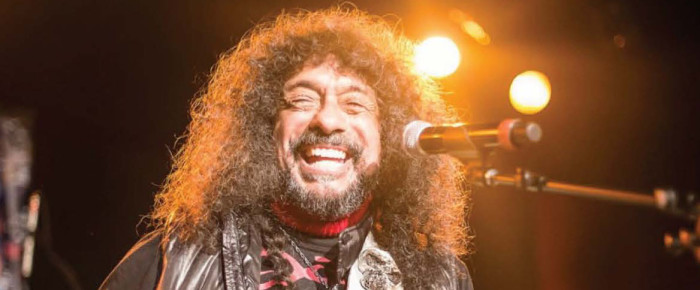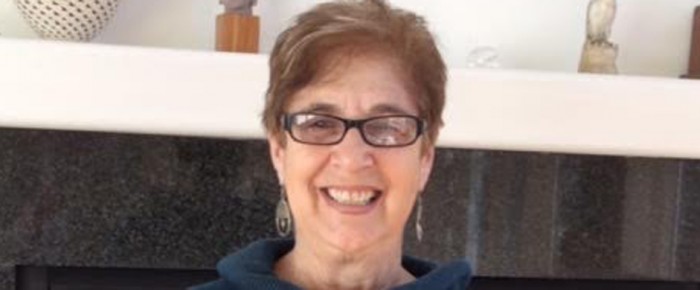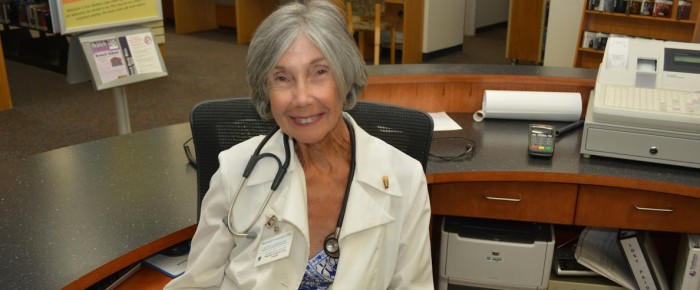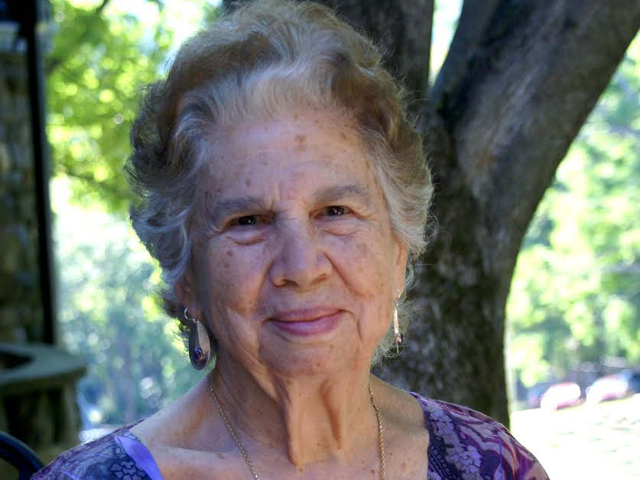Javier Bátiz, known as the “Father of Mexican Rock and Roll,” has also been given the Spanish nickname, “Brujo del rock” – “meaning ‘warlock,’” he explains, from as long as he…
Read moreLegend rock guitarist, Javier Bátiz, on teaching Carlos Santana





